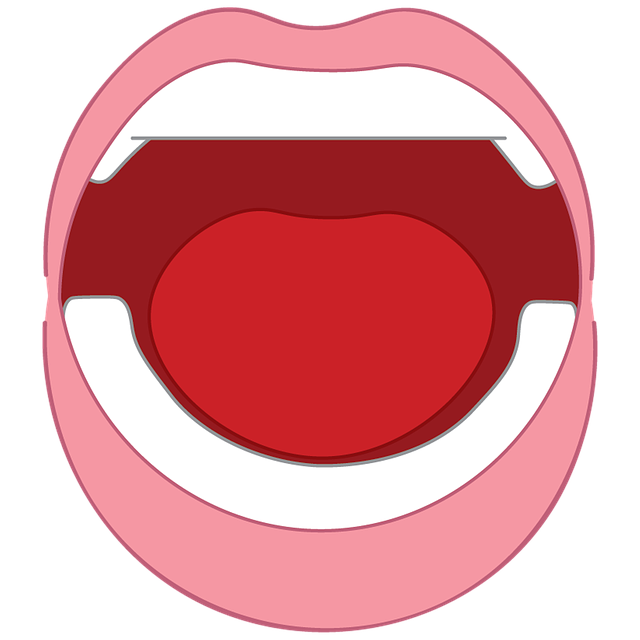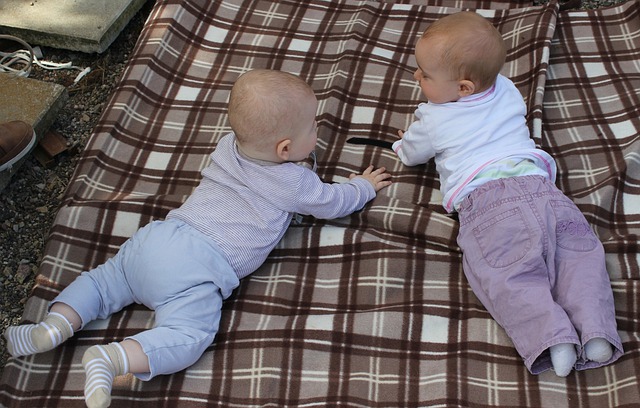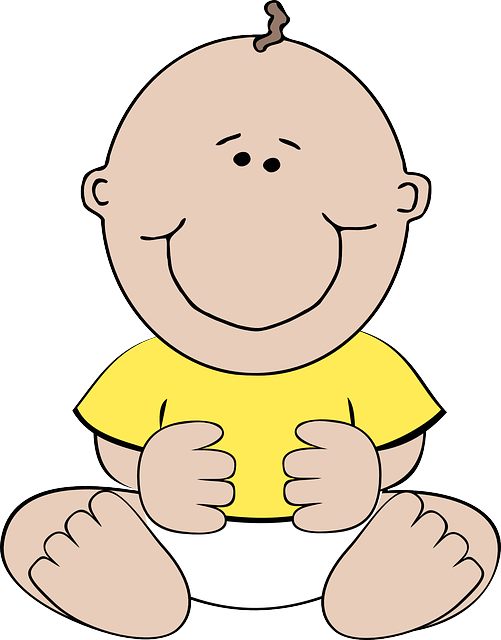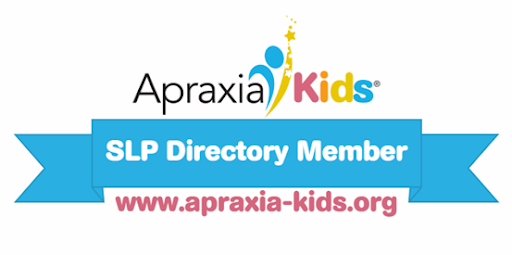
Open Mouth Breathing
Open mouth breathing can effect your child’s health, clarity of speech, and oral-structural development. Oral-Structural Development For closed-mouth breathers, our tongue rests up against our hard palate, which helps to maintain its flat shape. Open-mouth breathers’ tongues rest in the lower jaw. When the tongue does not rest on the hard palate, the palate tends to grow high and narrow, which could impinge on the nasal cavity. Health When we breathe through our mouths, we do not have as strong of natural air filters as we do in our nostrils. The main function of our tonsils is to trap bacteria and viruses; however, after a prolonged period of open-mouth breathing, our tonsils tend to get enlarged and swollen from being






